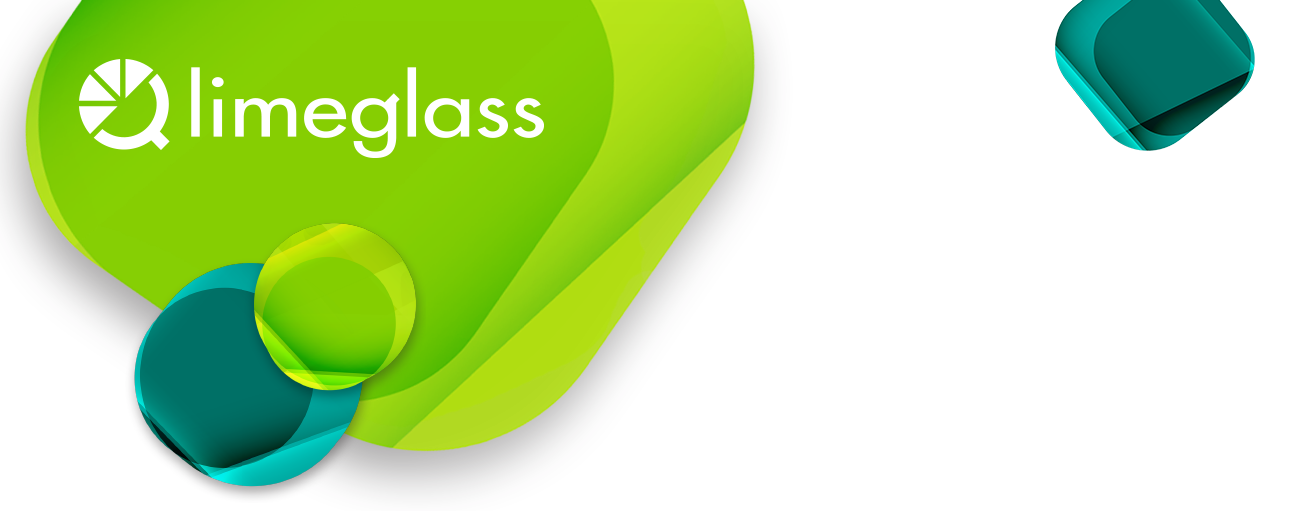Liquidity / Research
Lower market liquidity is one of the big climate headwinds against our investment funds, banks and their research businesses.
Research analysts tend to rejoice when their upgrades or downgrades move markets. I couldn’t resist feeling proud the day the WSJ reported that the FTSE had fallen because of a recommendation change I made on a big stock. But of course this says far more about low market liquidity than how influential a research call was on any day.
In an ideal world a research call would be dead right, but investors would have plenty of time to evaluate it and take positions. Is there a portfolio manager who hasn’t regretted a decision to take a position, frustrated that the price moves against him while building the position, or a trader who hasn’t been caught out by the market while executing the trades? While trading is much more sophisticated and more algorithmic than even five years ago many believe these improvements have done no more than mitigate inadequate market liquidity.
Theoretically research analysts facing Asian and American funds have every incentive to encourage funds to trade, but in practice that bumps up against perceptions of conflict of interest. Changes coming in Europe, restoring the interrupted regulatory links between trading and research, ought to allow a much more pro-trading angle. Research analysts should be encouraged to prioritise funds that trade over those that don’t, write research designed to trigger action, and be more active in calls suitable for funds that can sell short.
Many things have to come together to make markets more liquid, each insufficient alone. One is active research that has a decent shelf-life. Limeglass’s technology makes ideas more vivid, relevant and accessible for longer and in a way that can easily be picked up by investors and sales who believe it is their job to turn ideas into action.
Terence Sinclair
Advisor





